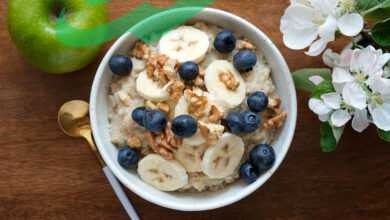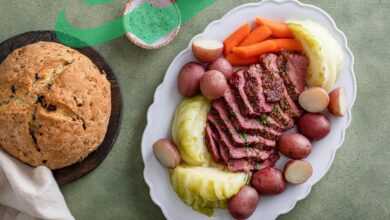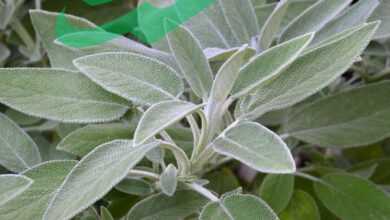10 Surprising Benefits of Buttermilk
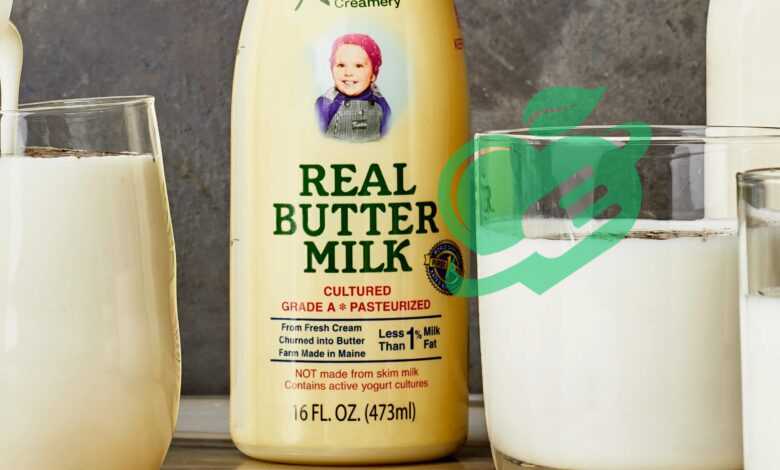
Overview of Buttermilk
Buttermilk is a tangy, cultured dairy product that has gained popularity for its versatility in cooking and health benefits. Traditionally, it was the liquid left after churning butter from cream, giving it a rich history and distinct flavor profile. Today, the term generally refers to the fermented version made from low-fat milk or cream enriched with beneficial bacteria. This slight fermentation process is what gives buttermilk its characteristic tang and creamy texture. In culinary uses, this milk is adored for its ability to tenderize baked goods, making it a key ingredient in recipes such as milk biscuits and milk pancakes. Its acidity also acts as a leavening agent when combined with baking soda, resulting in light and fluffy baked treats.
Historical Significance
Historically, buttermilk has been a staple in many cultures, symbolizing resourcefulness and sustainability. For centuries, families utilized every part of milk, and this milk became a nutritional reservoir that was particularly valued in rural communities.
- Tradition: In India, buttermilk is called “chaos” and is consumed as a refreshing beverage, especially in hot weather.
- Culinary Heritage: In the Southern United States, this milk is cherished for its role in classic dishes, connecting generations through recipes passed down over time.
Moreover, before the advent of refrigeration, buttermilk’s fermentation process helped to preserve milk and added beneficial probiotics to the diet. This historical relevance showcases not just a culinary delight but a reminder of how ingredients were once used resourcefully within the kitchen. By appreciating this milk’s journey from the past to the present, we can better understand its place in our diets today.
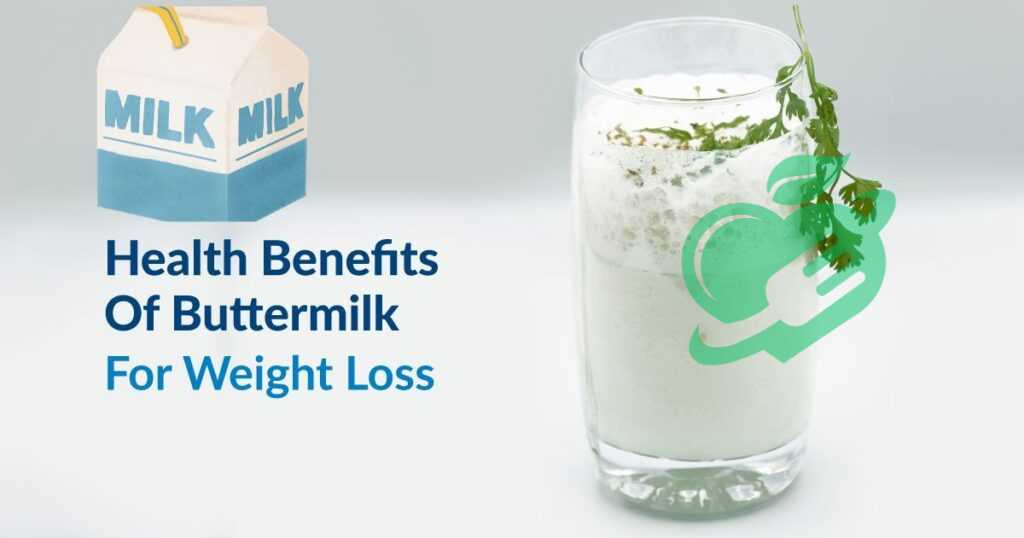
Nutritional Value of Buttermilk
When it comes to the nutritional profile of buttermilk, this creamy goodness not only delights the palate but also contributes positively to a balanced diet. A typical serving of this milk (approximately one cup) contains around 100 calories, making it a relatively light option compared to whole milk. Key macronutrients in this milk include:
- Protein: About 8 grams per cup, which aids in muscle repair and keeping you full.
- Fat: Generally lower than whole milk, with around 2-5 grams, depending on the fat content of the milk used.
- Carbohydrates: Roughly 12 grams, primarily from natural sugars.
This combination makes buttermilk a fantastic choice for those looking to enjoy a creamy texture without the excess calories that come from heavier dairy products.
Vitamins and Minerals
Not only is buttermilk low in calories but it is also packed with essential vitamins and minerals. It serves as a good source of:
- Calcium: Important for bone health, with about 30% of the daily recommended intake per cup.
- Vitamin B12: Crucial for red blood cell formation and maintaining healthy nerve cells.
- Riboflavin (Vitamin B2): Aids in energy production and skin health.
Additionally, buttermilk contains potassium, phosphorus, and magnesium, which are vital for muscle function and overall body health. A personal favorite use of this milk is in smoothies. Combining this milk with fruits like bananas or berries not only enhances the flavor but boosts the nutritional value significantly—a true win-win! With its rich nutrient profile, this milk can be enjoyed in various forms, ensuring that it remains a delicious, wholesome option in the kitchen.

Health Benefits of Buttermilk
One of the most important features of yogurt is that it is a rich source of probiotics. These beneficial bacteria are produced during the fermentation process and play a vital role in maintaining gut health. The probiotics in this milk help balance the gut microbiome, which is essential for digestion and overall well-being.
- Improved Digestion: Regular consumption of probiotic-rich foods like buttermilk can enhance digestion, making it easier for the body to absorb nutrients.
- Enhanced Immunity: A healthy gut is closely linked with a robust immune system, helping to ward off common illnesses and boosting overall health.
With its pleasant tang and versatility, incorporating buttermilk into your daily diet can be as simple as adding it to smoothies or salad dressings.
Digestive Health
Maintaining a healthy digestive system is crucial for overall well-being, and buttermilk shines in this category. Thanks to its probiotic content and lactic acid, it aids in breaking down food more efficiently.
- Relief from Constipation: Many find that drinking buttermilk helps alleviate constipation, promoting regular bowel movements.
- Soothing Intestinal Upsets: For those with sensitive stomachs, this milk can act as a gentle soother, helping mitigate issues like bloating or discomfort.
Bone Strength
Another remarkable benefit of buttermilk is its significant contribution to bone health. Packed with calcium and vitamin D, it supports bone density, making it a great option for individuals of all ages.
- Calcium Boost: A cup of buttermilk can provide nearly 30% of the daily recommended calcium intake, essential for strong bones.
- Preventing Osteoporosis: Regularly including this milk in the diet can help reduce the risk of osteoporosis, particularly in older adults.
Whether it’s enjoying a glass of buttermilk or whipping up some delicious milk pancakes, these health benefits make this ingredient a fantastic addition to any meal!
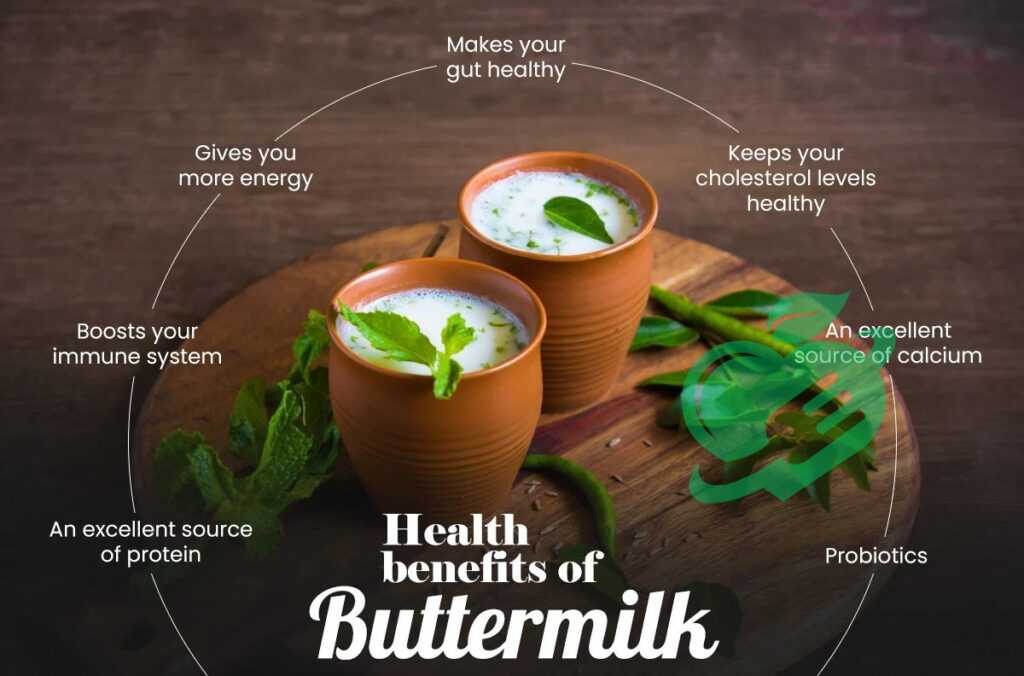
Buttermilk for Skin and Hair
Buttermilk isn’t just a culinary delight; it’s also a fantastic natural remedy for skin care. Its rich content of lactic acid, vitamins, and probiotics makes it an excellent choice for maintaining healthy skin.
- Natural Exfoliator: The lactic acid in buttermilk gently exfoliates the skin, helping to remove dead skin cells and revealing a brighter complexion.
- Moisturizing Properties: Unlike harsher cleansers, milk hydrates the skin without stripping its natural oils. Applying it as a facial mask can result in softer, more supple skin.
- Tan Removal: Many people swear by buttermilk for reducing suntans. Mixing milk with a sprinkle of turmeric can create a soothing paste that can help lighten tanned skin.
A personal favorite trick involves soaking a cotton ball in buttermilk and applying it to my face for a refreshing, soothing sensation, especially during hot summer months.
Hair Nourishment
When it comes to hair health, buttermilk works wonders too. Its nourishing properties are ideal for hydrating and strengthening hair strands.
- Deep Conditioner: Using buttermilk as a hair mask can significantly boost moisture levels. Simply apply it to your hair, let it sit for 30 minutes, and then rinse—it’s like a spa treatment at home!
- Dandruff Treatment: Thanks to its antifungal properties, buttermilk may help combat dandruff and soothe an itchy scalp.
- Enhances Shine: Regular application can leave your hair looking glossy and full of life.

Buttermilk in Cooking and Recipes
Integrating buttermilk into your cooking is not just delightful; it also elevates the flavor and texture of many dishes. The acidity of milk acts as a natural tenderizer, making it a go-to ingredient for many recipes. Its unique tangy flavor pairs exceptionally well with a variety of foods, and some of its notable culinary uses include:
- Baking: Buttermilk is indispensable in baked goods. It reacts with baking soda to create a light and fluffy texture, perfect for biscuits, pancakes, and muffins.
- Dressings and Marinades: The creamy consistency of milk makes it an ideal base for salad dressings or marinades, adding flavor while helping to tenderize meats like chicken.
- Soups: A splash of milk can enhance the creaminess of soups, particularly in cold soups like gazpacho.
One of my favorite childhood memories is of my grandmother making buttermilk pancakes, and the smell fills the kitchen, inviting everyone to gather for breakfast.
Popular Recipes
If you’re looking to dive into the world of buttermilk cooking, here are a couple of popular recipes to get started:
- Buttermilk Pancakes:
- Ingredients: 1 cup of buttermilk, 1 cup of flour, 1 egg, baking powder, and sugar.
- Instructions: Combine ingredients, pour onto a hot pan, and flip when bubbles appear. Serve with maple syrup!
- Buttermilk Biscuits:
- Ingredients: 2 cups of flour, 1 tablespoon of baking powder, ½ cup of butter, and ¾ cup of buttermilk.
- Instructions: Cut butter into flour mixture, stir in this milk, and bake until golden. Perfect alongside soups or stews!
Using buttermilk in these recipes transforms simple meals into delectable treats, showcasing its versatility and charm. Whether you’re whipping up a breakfast feast or baking a comforting side dish, milk is sure to bring a wonderful twist to your culinary creations.
Read also: Discover the Benefits of Vitamin A for Shiny, Healthy Hair
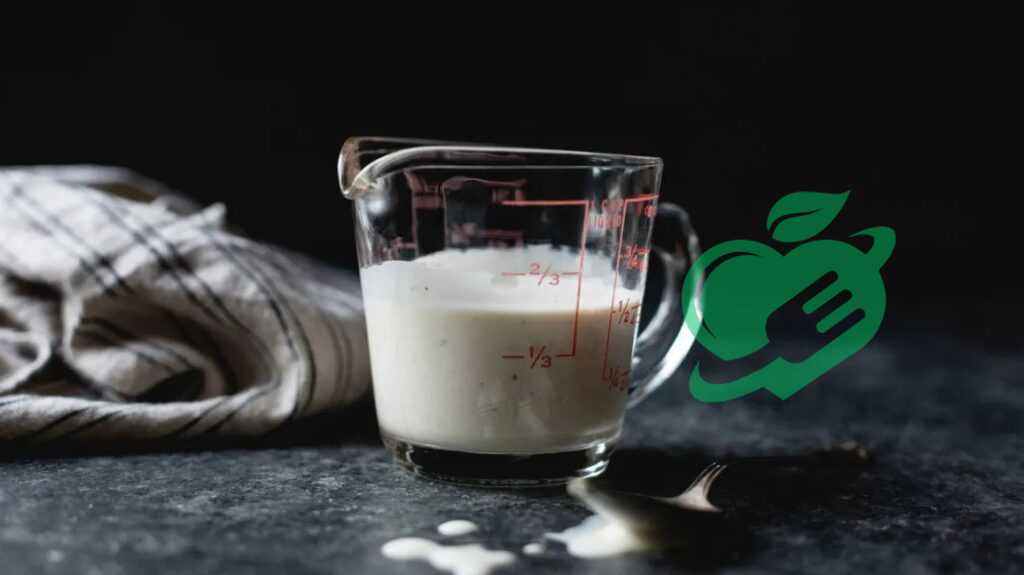
Buttermilk as a Natural Cleaner
Beyond its culinary delights, it also shines as a surprisingly effective natural cleaner! Its acidity and lactic acid content make it a wonderful choice for tackling various household cleaning tasks. Here are some ways to harness milk’s cleaning power:
- Surface Cleaner: Buttermilk can help break down grease and grime on kitchen counters. Simply apply it to a cloth, wipe down surfaces, and enjoy the fresh scent it leaves behind.
- Metal Polish: Did you know that buttermilk can help restore shine to tarnished metals? Just dip a cloth in milk and gently buff the surface. You’ll be amazed at how it enhances the sheen!
- Stain Remover: For fabric care, buttermilk works wonders on tough stains. Soaking a stained cloth in milk for a few hours can help lift those tricky spills before laundering.
I remember using buttermilk as a natural cleaner during spring cleaning one year, and the results were impressive—everything looked refreshed without any harsh chemicals.
Eco-Friendly Alternative
With growing concerns about the impact of conventional cleaning products on the environment and health, buttermilk proves to be an eco-friendly alternative. Here are some reasons why:
- Biodegradable: Unlike many commercial cleaners, buttermilk is a natural product that doesn’t contribute to pollution or leave harmful residues.
- Non-Toxic: Families with children and pets can benefit from using buttermilk since it is safe and non-toxic, making cleaning a worry-free process.
- Versatile Usage: Not only can buttermilk clean, but it can also nourish your garden as fertilizer, making it a truly multifaceted household staple.
So next time you think about cleaning supplies, consider reaching for some buttermilk! It’s a delightful way to keep your home tidy while also being kind to the planet.
Read also: Five golden tips that make taking care of your feet as easy as possible
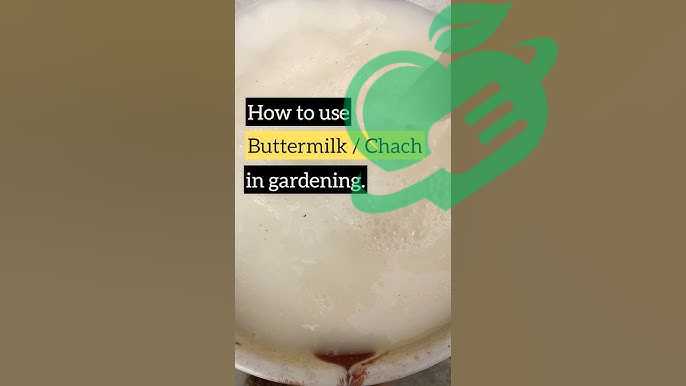
Buttermilk for Gardening and Plants
Buttermilk is not just for cooking; it can also be a fantastic addition to your gardening toolkit! Its nutrient-rich composition makes it an excellent soil amendment that can enhance the health of your plants.
- Nutrient Boost: The calcium in buttermilk helps strengthen cell walls in plants, promoting robust growth. It’s especially beneficial for crops like tomatoes and peppers, which thrive in nutrient-rich environments.
- Soil Microbiome: Introducing buttermilk to your soil can enhance microbial activity, fostering a healthy ecosystem that supports plant growth. The beneficial bacteria found in buttermilk can improve soil structure and fertility.
When I added diluted buttermilk to my vegetable garden last summer, I noticed my tomatoes growing larger and healthier than ever before, making it a highlight of my gardening experience!
Pest Control
In addition to nourishing your plants, buttermilk can also assist in managing pests naturally. Its components can discourage harmful insects from invading your garden.
- Natural Deterrent: The lactic acid in buttermilk can create an unfavorable environment for pests like aphids and slugs. Spraying a diluted mix around your plants can keep these unwanted guests at bay.
- Fungal Infection Prevention: Buttermilk may help combat certain fungal infections, making it a valuable ally for gardeners concerned about mold and mildew.
For example, when I faced a mild aphid problem last year, I created a simple spray using buttermilk and water. It worked surprisingly well, reducing their presence without harming beneficial insects. Overall, incorporating buttermilk into your gardening practice not only enhances soil health and plant growth but also provides an eco-friendly method of pest control. Whether you are a seasoned gardener or just starting, buttermilk can truly enrich your gardening journey!
Read also: The Hair Health Diet: How to Eat Your Way to Gorgeous, Strong Hair
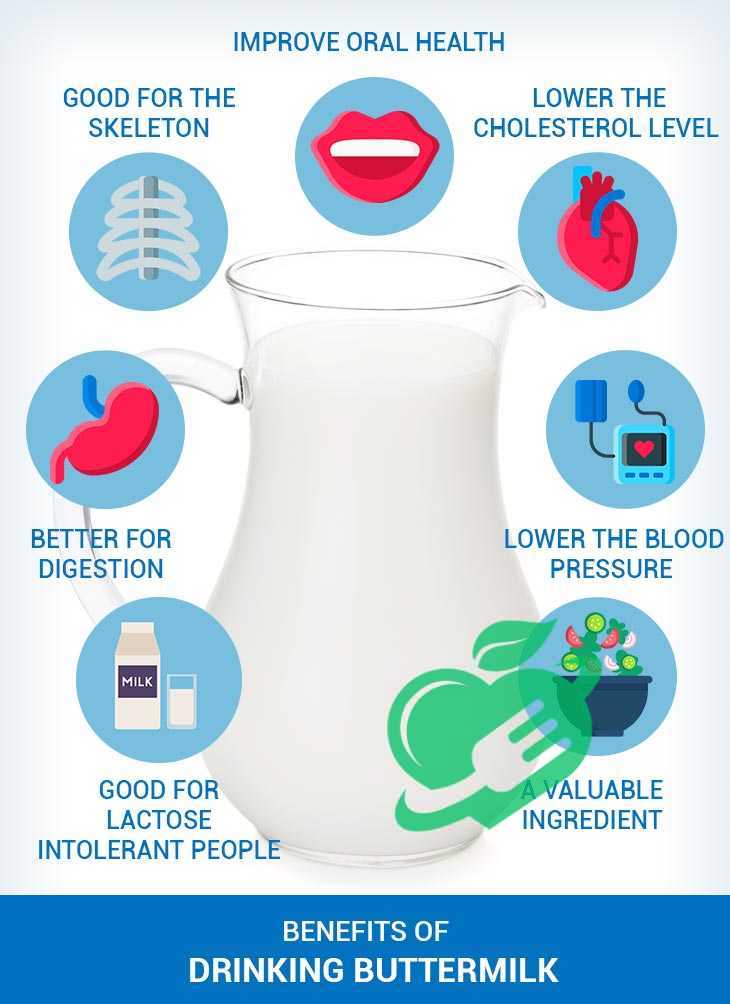
Buttermilk in Traditional Medicine
it has long held a cherished place in various cultures, often being utilized for its health benefits beyond the kitchen. In traditional medicine, it has been seen as a remedy for several ailments, rooted in folk knowledge passed down through generations.
- Digestive Aid: In many cultures, buttermilk is regarded as a natural probiotic and has been used to aid digestion. Sipping on a glass of buttermilk after a heavy meal can help alleviate bloating and discomfort.
- Hydration: Its light and refreshing nature make buttermilk a popular choice for cooling the body, particularly in hot climates where dehydration is a concern. In India, for example, buttermilk is consumed during summer to keep the body hydrated and help combat heat.
I remember my grandmother making buttermilk drinks, often mixed with spices, to soothe our stomachs after we indulged in rich foods during family gatherings.
Alternative Healing Practices
In addition to being part of folk remedies, buttermilk has been embraced as a component of various alternative healing practices. Its versatility extends into holistic health strategies.
- Skin Treatments: Many alternative practitioners recommend topical applications of buttermilk for skin issues. Its natural acids help exfoliate and brighten the skin, making it a popular option for DIY face masks.
- Ayurvedic Medicine: In Ayurveda, buttermilk is believed to balance the body’s doshas, promoting overall health. It’s often consumed with herbs and spices to harness its digestive and detoxifying benefits.
For instance, I once tried an Ayurvedic method by mixing buttermilk with turmeric and applying it as a face mask, and my skin felt refreshed and rejuvenated afterward. Incorporating buttermilk into traditional and alternative medicine not only resonates with health-centric practices but also connects individuals with ancient wisdom on well-being. From digestive aids to skin treatments, its applications are as diverse as the cultures that celebrate its benefits.
Read also: Easy and Tasty Coconut Milk Recipes for Every Occasion
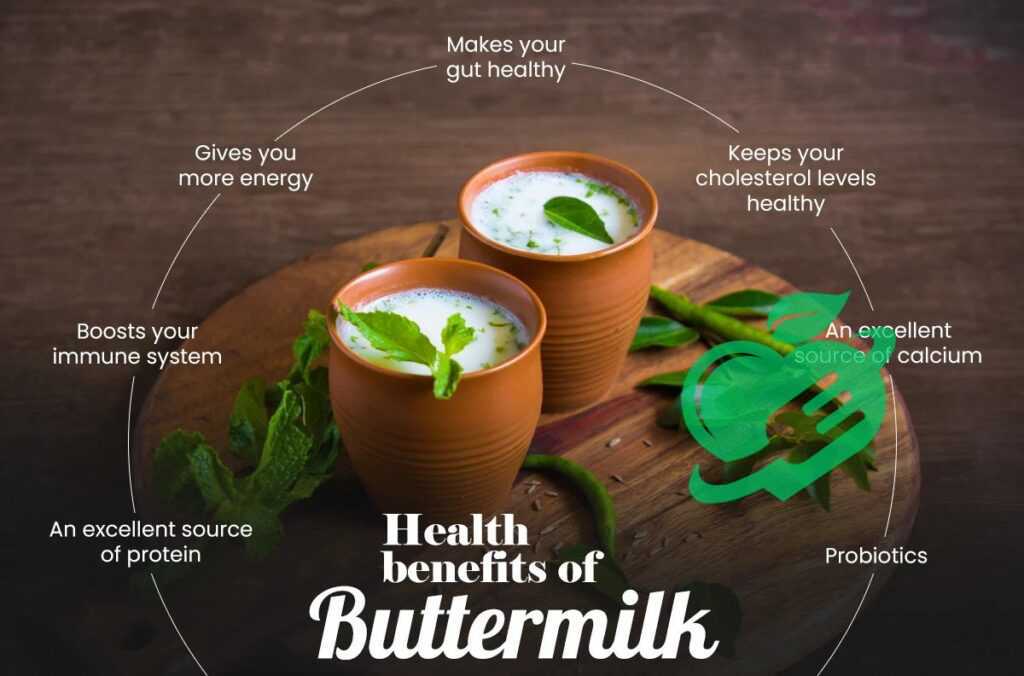
Allergies and Side Effects
While buttermilk boasts numerous health benefits, it’s essential to consider potential drawbacks, especially for those who may be lactose intolerant. Lactose intolerance occurs when the body lacks the enzyme lactase, which is necessary to digest lactose, the sugar found in dairy products.
- Symptoms: Individuals with lactose intolerance may experience uncomfortable symptoms such as bloating, gas, diarrhea, and stomach cramps after consuming traditional buttermilk.
- Alternatives: Fortunately, lactose-free buttermilk varieties are now available in stores. These options provide all the goodness of buttermilk without the discomfort, making it accessible for everyone.
I recall a friend who often enjoyed buttermilk drinks but didn’t realize he was lactose intolerant until he experienced severe bloating after a particularly rich curry. Switching to lactose-free versions helped him enjoy his meals without side effects.
Potential Risks
In addition to lactose intolerance, there are a few other potential risks associated with buttermilk consumption to keep in mind.
- Allergic Reactions: Some individuals may have a milk allergy, which is different from lactose intolerance. For those allergic to casein or whey (milk proteins), even small amounts of buttermilk can trigger reactions, including hives, swelling, or even severe anaphylaxis in some cases.
- Caloric Intake: While buttermilk is lower in calories compared to whole milk, it still contains calories that can add up, particularly in recipes or if consumed in large quantities. Balancing its use with an overall healthy lifestyle is crucial.
Overall, while buttermilk is a nutritious and versatile ingredient, awareness of personal sensitivities and health conditions is vital. By taking these factors into account, individuals can enjoy the many benefits of buttermilk while avoiding undesirable reactions.
Read also: Why Oatmeal Milk is the Healthy Choice You Need
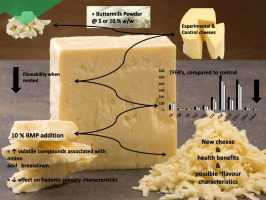
Frequently asked questions
How can I make buttermilk?
To make a substitute for 1 cup of milk, add 1 tablespoon of lemon juice or vinegar and allow the mixture to sit for 10 minutes. You can adjust the quantities based on your needs. Step three: It’s ready to use. 1
Is buttermilk the same as yogurt?
Curd, or yogurt, is produced through the fermentation of milk using beneficial bacteria, resulting in a rich source of protein, probiotics, and vital nutrients. Buttermilk, which comes from curd, is made by churning the curd to separate the butter, resulting in a slightly sour liquid. 2
Can I use milk instead of buttermilk?
If there’s no buttermilk available in the fridge, a good alternative is to use another dairy product with a bit of acidity. Combining milk with a spoon of lemon juice or white vinegar works well. While this mixture won’t become as thick and creamy as buttermilk, it will function effectively in the batter just the same. 3
Is buttermilk healthier than milk?
Buttermilk is rich in many of the beneficial nutrients present in regular milk, and it even boasts a higher concentration of certain nutrients compared to regular milk. Overall, buttermilk comprises a variety of components, including proteins such as casein. 4
Can I drink buttermilk?
Yes, it can be an excellent option for its low-calorie content and ability to promote satiety. The high protein content in buttermilk helps you feel full. This, in turn, helps reduce your overall calorie intake. 5
What is buttermilk made of?
It consists of water, milk proteins, lactose (milk sugars), and a small quantity of fat (similar to that of low-fat milk). When butter was prepared at home, it was allowed to sit overnight to ferment and become thicker naturally. 6
Why do Americans use buttermilk?
it adds a flavorful tang to a variety of beloved dishes. Favorites like ranch dressing, cornbread, pancakes, Southern biscuits, buttermilk-marinated fried chicken, bread, muffins, and buttermilk pie all rely on buttermilk for its distinctive tang. The same acidity present in buttermilk can also be found in sour cream and yogurt. 7
What’s an alternative to buttermilk?
dairy-based substitutes
- Milk and vinegar. When vinegar is mixed with milk, it creates an acidity comparable to that found in buttermilk.
- Milk and lemon juice.
- Milk and cream of tartar.
- Lactose-free milk and acid.
- Sour cream and water or milk.
- Plain yogurt and water or milk.
- Plain kefir.
- Buttermilk powder and water. 8
To stay up to date on the latest health and nutrition developments in the United States, visit our website, Power Up Your Health, and gain more tips and solutions for a healthier life.
- foodnetwork ((↩))
- timesofindia ((↩))
- thekitchn ((↩))
- medicinenet ((↩))
- metropolisindia ((↩))
- foodnetwork ((↩))
- quora ((↩))
- healthline ((↩))

